Introduction

2014 has turned out to be a great year for motorcycling enthusiasts. While the InterMot and EICMA shows usually bring along an onslaught of eye candies (read: motorcycles), this year has been especially rewarding for motorcycle enthusiasts. The horsepower race, spearheaded by the insane Kawasaki Ninja H2R, took the frenzy to a whole new level, and no manufacturer wanted to be left behind.
The Ninja H2R is nothing short of an engineering marvel, which broke the barriers of speed, horsepower and technology for two-wheelers. And though MTT Y2K Turbine Superbike definitely eclipses it when it comes to raw speed, Kawasaki deserves kudos for building the Bugatti Veyron of motorcycles, for doing something that no other mass-market manufacturer dared to do.
This year saw quite a few manufacturers go past the magical 200 horsepower mark in their pursuit of speed. And while 200 horsepower might be what MotoGP prototypes and WSBK (World SuperBike) machines produced just a few years ago, the number is no longer unachievable for road-legal production motorcycles. Electronics have also emerged as an important part of motorcycles which not only improve your lap timings, but also make the power more accessible and the motorcycles safer to ride.
Down below, we have shortlisted five road-legal litre-class superbikes which deserve a special mention thanks to their extraordinary power figures and their sophisticated electronics packages. These five motorcycles will lock horns in 2015, and hope to emerge victorious in the 'bike-eat-bike' world of litre-class superbikes.
Ducati 1299 Panigale

Over the years, Ducati has stuck to its guns of using V-twin engines for its litre-class motorcycles, while the rest of the world moved to inline-fours and V4s. In this process, Ducati has doled out a number of technological innovations which have played a major role in making Ducati the most successful manufacturer in the premier class WSBK Championship.
From desmodronic valves to carbon mono frames, Ducati has been responsible for introducing many new technologies to motorsports and eventually, to road-going motorcycles. And while you might have felt dazzled by the Ninja H2’s carbon fibre winglets, the truth is that Ducati was one of the first manufacturers to experiment with these aerodynamic aids in its Desmosedici MotoGP bike.
The 1299 Panigale is the latest in the line of Ducati’s superbikes and comes equipped with the most extreme Superquadro engine ever. With the 1299 Panigale, Ducati has whizzed past the 200 horsepower mark, setting new standards in the superbike club.

The 1299 Panigale is powered by a rebored version of the old 1199 Panigale’spowerplant, which now displaces 1285cc. The engine gets elliptical throttle bodies and now delivers 205hp at 10,500rpm and 145Nm of torque at 8,750rpm. Among other ‘regular’ electronic assists like traction control and standard ABS, the 1299 Panigale’s electronic package also includes cornering ABS, Ducati Wheelie Control (DWC), Engine Brake Control (EBC) system and a new Ducati Quick Shift (DQS) system,which aids clutchless up and down shifting.
The 1299 Panigale has retained the aluminium monocoque, though Ducati has somehow managed to cut down on the weight of the motorcycle. Suspension duties in the 1299 Panigale S are taken care of by electronically controlled inverted 43mm Ohlins semi-active units while the ‘standard’ 1299 Panigale uses inverted 50mm Marzocchi forks.
As for the looks, Ducati has taken a ‘don’t fix it, if it ain’t broke’ approach, and the 1299 Panigale is hardly different from its predecessor. The minor cosmetic changes include a wider fairing, a larger windshield and a new tail piece, which has now been split into two sections.
Despite it being more of an evolution of the 1199 Panigale, the 1299 Panigale is a truly incredible machine. Pushing the envelope of power, Ducati has managed to create an insanely focussed motorcycle which sets a new benchmark in the litre-class superbike fraternity.

Aprilia RSV4 RR - 201hp

Racing legacy is hardwired in the DNA of the Italian motorcycle manufacturers and their success in WSBK Championship (World Superbike) is a proof of their single-minded approach towards performance. This approach makes them quite unorthodox and aggressive as compared to the more sedate Japanese manufacturers. The craving for speed and victory gives the Italian manufacturers a thirst for innovation and a certain eccentricity, which sets them apart from the rest.
Aprilia’s flagship litre-class motorcycle, the RSV4 has always been overshadowed by other flamboyant machines like the Ducati 1199, MV Agusta F4R and the BMW S1000RR. However, French motorcycle racer Sylvain Guintolirecently proved the RSV4’s superiority on the race tracks by emerging victorious in the 2014 World Superbike Championship, helping Aprilia clinch its fourth manufacturer championship.
Despite having established their supremacy in WSBK, it seems that Aprilia was keen on not being left behind when it came to their production superbike. At the 2014 EICMA Show in Milan, Aprilia unveiled the new and improved 2015 RSV4 RR superbike, which is the first 200+hp production motorcycle in the Noale-based company’s history.

Cosmetically, the new RSV4 RR is very similar to its predecessor. The front of the new model has been updated with a revised fairing, new headlamps, LED parking lights and redesigned mirrors, which improve the airflow around the bike. Underneath the skin though, the new RSV4 RR has been thoroughly revised to keep it competitive in the cut-throat litre-class segment.
The RSV4’s 65-degree V4 engine had to stay under 1000cc to qualify for the WSBK class and so, Aprilia had to retain the bore and stroke of the previous engine. However, Aprilia has tinkered with the engine’s induction system, ports, combustion chamber, cylinder heads and pretty much every other component. Thus it managed to squeeze out an extra 16hp from the engine, bringing the final output up to 201bhp and affording the RSV4 RR an entry into this exclusive club.
A few engine components are now made out of titanium, which have helped it shed around 1.5 kilograms. The entire exhaust system has also been redesigned and now integrates a new electronic valve management system and an additional oxygen sensor. While the ‘base’ RSV4 RR comes with Sachs suspension, the more expensive and track-focussed RSV4 RF comes equipped with Ohlins suspension, an Ohlins steering damper and forged aluminium wheels. RSV4 RF will come with Superpole graphics, and will be limited to 500 units.

Kawasaki Ninja H2 - 200hp

While other two-wheeler manufacturers were silently working behind closed doors on their litre-class superbikes, trying to extract maximum power from their engines, Kawasaki went gung-ho with the advertising campaign of the Ninja H2 and Ninja H2R. The Japanese manufacturer’s marketing team were working double time trying to get the maximum exposure for its new bikes, more than a month before the Ninja H2R and the NinjaH2’s official unveiling. The result was the company was successful in hogging all the limelight at the 2014 InterMot Show in Germany and the 2014 EICMA Show in Italy, where the Ninja H2R and the Ninja H2 made their maiden public appearances.
To be fair to all the other motorcycles in this list, we decided to not consider the preposterously powerful track-only Ninja H2R and instead, focus just on the road-legal Ninja H2. The Ninja H2 is built around a tubular trellis frame which stands apart from the rest of the bodywork, thanks to Kawasaki’s trademark green paint. With a massive fuel tank and a narrow tail section, the Ninja H2 stays true to Kawasaki’s ‘mass forward, minimalist tail’ philosophy. As opposed to the bare carbon fibre bodywork seen in the Ninja H2R, the Ninja H2’s bodywork gets a very regal silver mirror paint finish.

And while the 998cc inline four supercharged engine in Ninja H2R goes all the way upto 300 horsepower, the Ninja H2 delivers a ‘mediocre’ 200hp, squarely putting it in the league of the other motorcycles in this list. Kawasaki however, offers an optional Ram Air intake, which adds 10hp to the overall power output. And while the engine structure is very similar to that of the Ninja H2R, there is significant difference in the components’ construction and the compression ratio.
Suspension consists of fully adjustable KYB units at both the ends, while the braking hardware is made up of 330mm Brembo semi-floating discs at the front and 250mm units at the rear. The Ninja H2’s electronics package is made up of a three-mode KTRC (traction control), three-mode KLCM (launch control), two-mode KEBC (engine brake control), KIBS (intelligent braking system) and a KQS (quick shifter) for full-throttle up shifts.
The extra bodywork and other component differences however, have added up a lot of weight and the Ninja H2 tips the scales at a hefty 238 kilograms. This means that despite the 200hp power rating, the Ninja H2 ranks low in terms of the power-to-weight ratio.

Yamaha YZF-R1- 200hp

The YZF-R1 has always been a symbol of ridiculously fast and temperamental motorcycles, though they have always been a step behind when it comes to technology. Being a six-year old bike, the old R1 lacked even basic electronics like ABS or other rider assists, which nowadays are taken for granted. The increasing horsepower means that the rideability of today’s litre-class motorcycles severely stretches the riders’ ability to the limit, making them very dangerous in the hands of inexperienced riders. The lack of rider aids made the R1 a very difficult bike to handle for the novices, but equally rewarding for the aces.
After an interminable wait of over six years, Yamaha finally overhauled its flagship litre-class superbike, earlier this year. MotoGP legends Valentino Rossi and Jorge Lorenzo unveiled the new YZF-R1 and its track-only counterpart, the YZF-R1M at the 2014 EICMA Show in Italy, with the company labelling them ‘the most MotoGP-inspired motorcycles ever’.

The new R1 is built around a new aluminium Deltabox frame, though the overall chassis design is similar to the previous generation R1. Weight-saving measures have resulted in the new R1 being five kilograms lighter than its predecessor. Yamaha has stuck to the crossplane crank architecture for the R1’s engine, though four-cylinder 1000cc unit has been comprehensively upgraded for a higher compression ratio. Yamaha says that the crank now has 20 percent less inertial moment which improves the bike’s throttle response. The result is that the new engine helps its churn out 200hp and 112.8Nm of torque, without the Ram air induction.
Visually,you can find an uncanny resemblance between the R1 and Yamaha’s MotoGP bike, the YZR-M1 MotoGP. Aerodynamics has played a major role in influencing the design of the new R1, and it might not suit everyone’s tastes. The flat nose discreetly hides the R1’s LED headlamps. The electronics package includes traction control, slide control, launch control, wheel-lift control and ABS.

The new R1 also gets a fully digital instrument cluster with a coloured TFT screen, cast magnesium wheels, LED lights and a titanium 4-2-1 exhaust system. The R1M gets carbon fibre bodywork, which helps it keep the weight at bay, a communication control unit and stickier Bridgestone tyres. While the standard R1 gets KYB suspension, the R1M benefits from Ohlins electronic race suspension.
Though the new R1 and the Ninja H2 are evenly matched in terms of performance, the lower weight means that the R1 might be quicker on the track than the Ninja H2. However, the conservative styling of the R1 means that it does seem pretty ‘domestic’ when compared to the Ninja H2.

BMW S1000RR - 199hp

True, the 2015 BMW S1000RR does fall 1horsepower short of the hallowed 200 mark. But we’ll make a special allowance here taking into account BMW’s exceptional electronics package, which might make it as fast as, if not faster, than the other motorcycles in this list, regardless of the microscopic deficiency in power.
BMW started off its litre-class superbike odyssey with a bang, when it first unveiled the S1000RR in 2010. Packing 194 horsepower and a sophisticated electronics package, the S1000RR overnight became a part of every geek and motorcycle enthusiast’s fantasy. Its feature list consisted of creature comforts and rider assists which were previously unheard of in any production motorcycle. And for 2015, BMW has unveiled the new and improved model, which loses some weight andgains six horsepower along with even more electronic assists.

The S1000RR’s lines have been smoothened out to lend it a more fluidic appearance, though the asymmetric headlamps assure that it doesn’t lose the mean demeanour. The right side continues to adorn the trademark gills, though the exhaust position has been slightly revised. While the styling and colour schemes make it easily identifiable as a S1000RR, you won’t mistake it for the old model.
BMW has altered the aluminium twin-spar frame with a new steering geometry, improved rigidity, wheel castor and wheelbase to aid the handling. The extra power has been derived courtesy revisions to the cylinder head of the 998cc inline-four engine. The engine is now rated at 199 horsepower and 112.5Nm of torque and is mated to a constant mesh six-speed transmission.

The electronics package now also includes an optional Dynamic Damping Control (DDC) suspension system, which prior to this was reserved just for the HP4. You get three standard riding modes Rain, Sport and Race, and an optional Pro mode. Other electronic assists include a completely electronic throttle control, cruise control, racing ABS, traction control with seven-step calibration and gear shift assist pro for clutchless up and down shifting among others. The instrument cluster has also been updated and now displays a wider range of data.
While the updates might not seem very significant on paper, the new S1000RR has indeed gone through a major makeover, which should make it capable of taking on its more powerful Japanese and Italian counterparts.

Gallery
1/1
Double Tap to Zoom


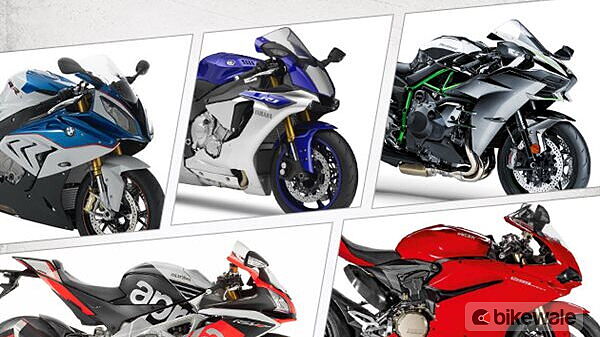
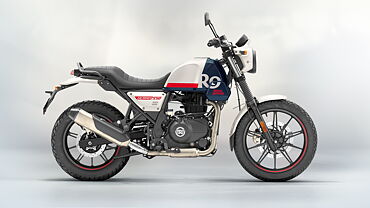
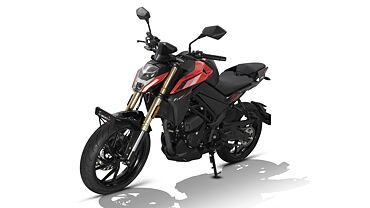
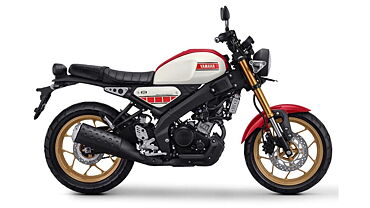
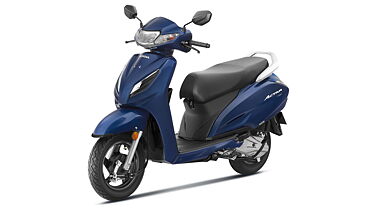





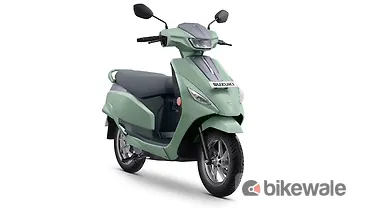






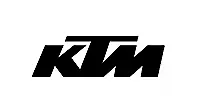


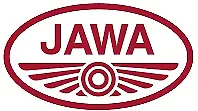

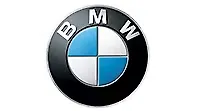
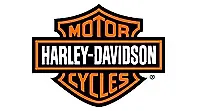











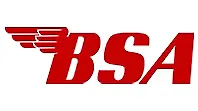

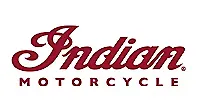



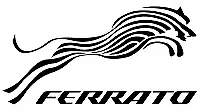











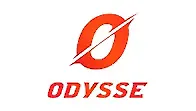

















![KTM 390 Adventure X [2025] KTM 390 Adventure X [2025]](https://imgd.aeplcdn.com/272x153/n/cw/ec/190885/390-adventure-x-2025-right-side-view.jpeg?isig=0&q=80)